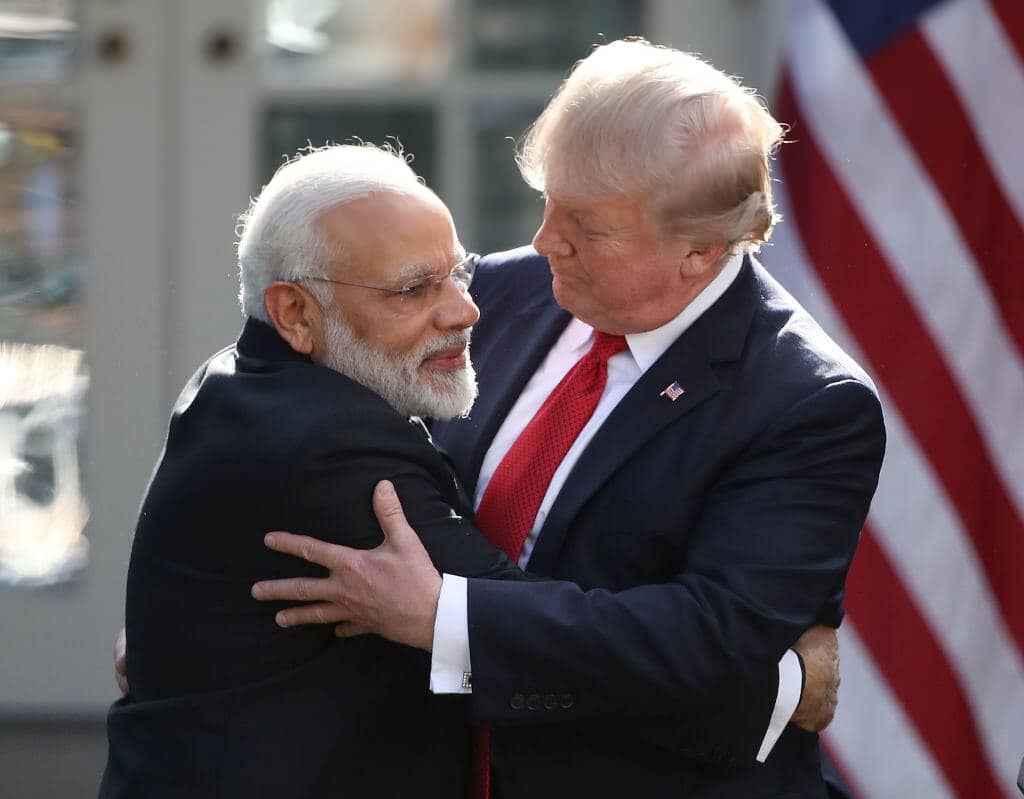A virtual classroom in the wild
At exactly 4pm, a retired UK teacher, Lesley Keast, comes online on Skype from Madrid, where she is holidaying. The image of her cheerful face on the large screen is grainy, but it is enough to get the 15-odd children attending the session that day excited. “Hello ma’am,” they say in unison as soon as the Internet connection feebly carries Keast’s voice saying, “Hello Korakati.”
Korakati village is about 110km from Kolkata, located deep inside the deltaic Sunderbans region criss-crossed by numerous rivers and canals, rising and ebbing to the tidal flow of the Bay of Bengal nearby. It can be reached in about 5 hours from Kolkata—the route involves car and boat rides, walking, and travel on open vans. With a population of about 7,000, the agrarian economy of this village is dependent largely on the single annual crop of paddy; the monthly household income is ₹ 3,000-4,000, according to locals. Electricity arrived last year in the village, which is home mostly to below poverty line (BPL) families and first-generation literates.
Korakati’s School in the Cloud, part of Kolkata-born Professor Sugata Mitra’s experiments with non-conventional education for children through a self-organized learning environment (SOLE), is in the “remotest” location. There are seven such schools, two in the UK and the rest in India—one each in Maharashtra and Delhi and three, including the one at Sunderbans, in West Bengal. “It was our effort to see whether we can leverage technology for learning in a largely tribal, underprivileged belt; if our model can work in the Sunderbans, it’ll work anywhere,” says Ritu Dangwal, project coordinator of the School in the Cloud.



